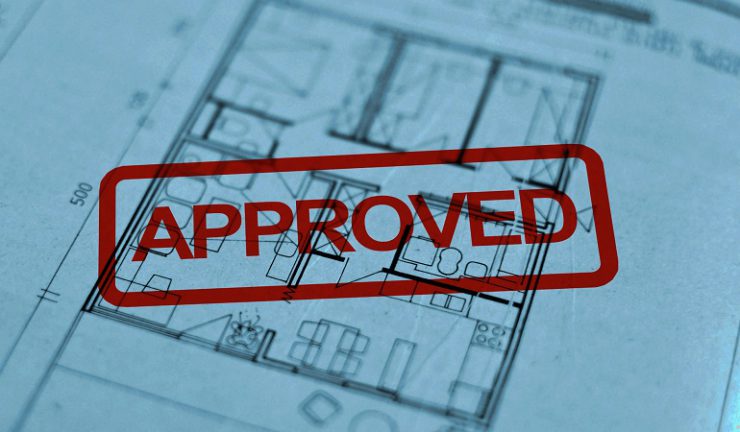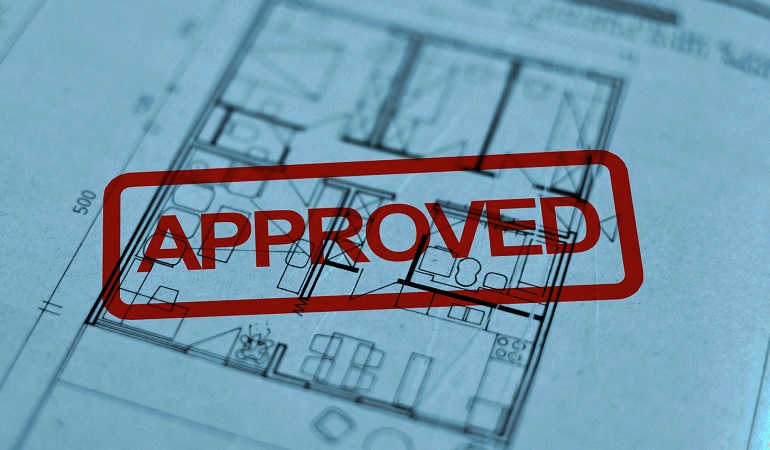Good news for retailers.
The number of dwellings approved rose 1.1% in August 2017, in trend terms, and has risen for seven months, according to data released by the Australian Bureau of Statistics (ABS).
ABS assistant director of construction statistics, Bill Becker said, “Dwelling approvals have shown signs of strength in recent months, although are still below the record high in 2016. The August 2017 data showed that the number of dwellings approved is now 6.5% lower than in the same month last year, in trend terms.”

Leading Appliances national group manager, Nicholas Fry believes building approvals are a good insight into to the state of the economy.
“It’s a real positive to see that there’s been an upward trend for 7 months, and the hope would be that this trend continues through the second half of this year, and into 2018. For the appliance industry this provides great new opportunities,” he told Appliance Retailer.
“New home building continues to benefit from the continued low interest rates, as well as strong population growth over recent years in the key home buyer demographic. New home building is driving increased demand for new appliances as every new homeowner needs a washing machine and dryer, kettle and toaster, fridge and freezer.
“For the building trade, it provides opportunities in air conditioning, cooking appliances and dishwashers for direct installation into every new home. So building approvals provide an all-round fillip to the appliance industry, and Leading Appliances is in a strong position to take advantage of this upward trend and positive opportunity for the appliance industry,” he said.
Dwelling approvals increased in August in the Australian Capital Territory (8.9%), Northern Territory (8.3%), Victoria (1.5%), Tasmania (1.2%), Queensland (1%), South Australia (0.9%) and New South Wales (0.7%) but decreased in Western Australia (0.8%) in trend terms.
In trend terms, approvals for private sector houses rose 0.9% in August. Private sector house approvals rose in Queensland (2%) South Australia (1.4%), Victoria (1.1%) and Western Australia (0.3%), but fell in New South Wales (0.3%).

